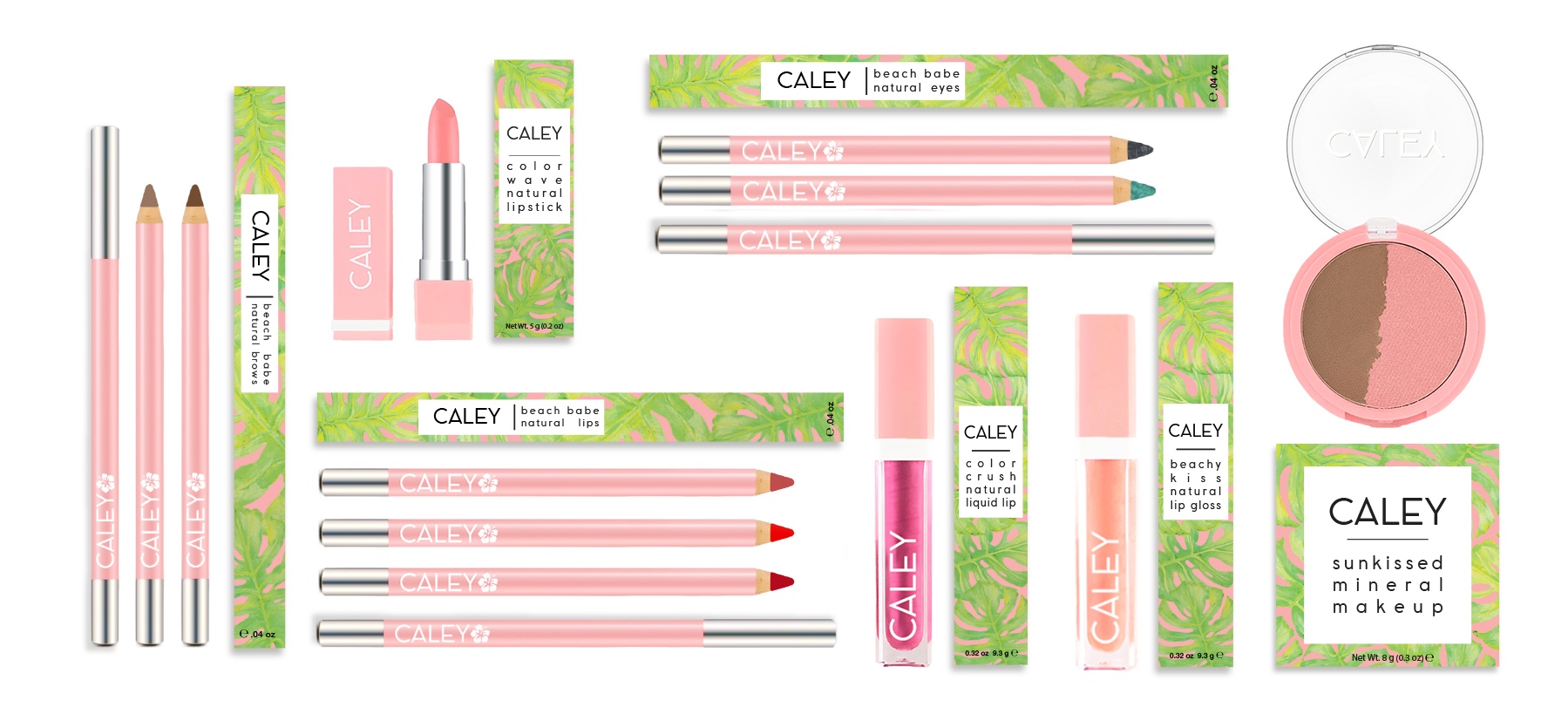
What Does The Softening Of The Color Cosmetics Category Mean For Indie Beauty Brands?
Annie Rodriguez and her mother Cindy Holland-Rodriguez just launched natural makeup line Caley Cosmetics to offer a wide range of lipsticks, glosses, pencils and powders infused with tropical botanicals that are good for the skin and smell like an exotic vacation. “Our family has been in cosmetics for decades, and we felt like in the natural space there wasn’t very playful makeup, so that’s what we wanted to make with Caley,” says Rodriguez.
Jumping into the color cosmetics category now is a risky move. After a period of skyrocketing sales, the sector is softening. According to The NPD Group, prestige color cosmetics increased 1% year-to-date through May and, last year, climbed 6% from the year before, a substantial dip from the 11% surge posted in 2016 from 2015. In the mass market, color cosmetics sales have stagnated in important product classifications such as mascara, foundation, lipstick and eyeshadow, and color cosmetics sales’ online headway has stumbled from 38.4% to 8.4%, according to IRI and Rakuten Intelligence via WWD, respectively.
The makeup numbers are especially stark in comparison to the robust numbers the skincare category has registered in recent quarters. NPD figures prestige skincare sales went up 16% year-to-date through May and 9% last year, when they accounted for 45% of the upscale beauty sector’s total gains.
“We’re really seeing skincare be the category that is heating up in terms of both dollar growth and becoming increasingly top of mind,” says Caroline Growney, a research lead at business insights firm Gartner L2. “Even somebody like a Glossier that we’re consistently pointing to in the broader industry as a fresh thinker, particularly with their digital strategy, has coined the term ‘skincare first, makeup second.'”
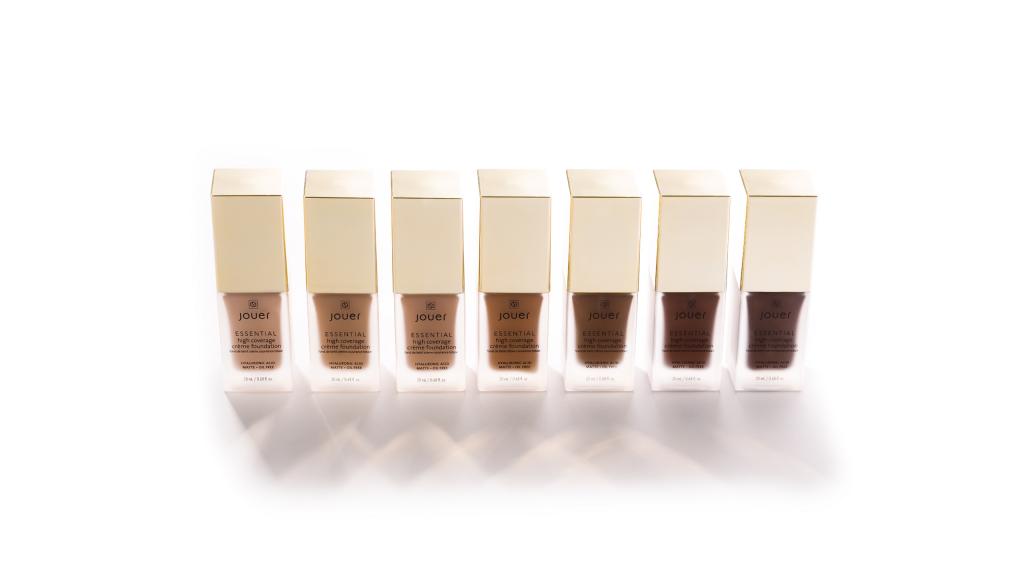
Unlike major makeup brand players, many indie color cosmetics brand founders appear unfazed by color cosmetics’ downward sales trajectory and skincare’s ascendance. They’re not convinced statistics tell the whole story, and natural cosmetics entrepreneurs assert they’re riding an upswing in interest in natural and organic beauty, a segment progressing globally at an 8% to 10% annual rate, that may negate the impact of the fall-off primarily hitting conventional makeup brands. Results from Indie Beauty Media Group’s retail survey following Indie Beauty Expo in New York fuel their arguments by showing buyers are drawn to clean color cosmetics brands, including Saint Cosmetics, RealHer, Noyah and Elate Cosmetics.
“I’ve definitely read those [color cosmetics sales] reports, and my hope is that the sales are being dispersed through more indie brands, which is making [the growth] harder to track,” says Rodriguez. Her hope isn’t unfounded considering sales data often doesn’t track digital companies like Amazon and direct-to-consumer brands like Kylie Cosmetics, ColourPop and Karity.
“We’re really seeing skincare be the category that is heating up in terms of both dollar growth and becoming increasingly top of mind. Even somebody like a Glossier that we’re consistently pointing to in the broader industry as a fresh thinker, particularly with their digital strategy, has coined the term ‘skincare first, makeup second.'”
Acknowledging color cosmetics’ softness, Christina Zilber, founder of Jouer, and Anne Newman, national sales manager for Kryolan Professional Make-Up, attribute it to brand and merchandise proliferation in the space. “I think there’s an oversaturation of color in the marketplace with every brand rushing to release product and influencers creating their own lines,” says Zilber. “How many eyeshadow palettes can a customer own?” Newman elaborates, “Everybody and his uncle is coming out with private label. It’s become so easy to start your own line, but it has the tendency to dilute the entire market.”
Newman, who has been in the industry for more than a dozen years, believes the slip in color cosmetics growth and rise in skincare has to do with lack of innovation, too. “Makeup sales have slacked off because there isn’t anything coming out that’s really revolutionary,” she says. “There’s also something to be said for the advances in skincare. Look at all the dermabrasion and other at-home services that you used to have to pay millions of dollars to go get at a plastic surgeon’s office. As those advance, women are feeling less of a need to put makeup on.”
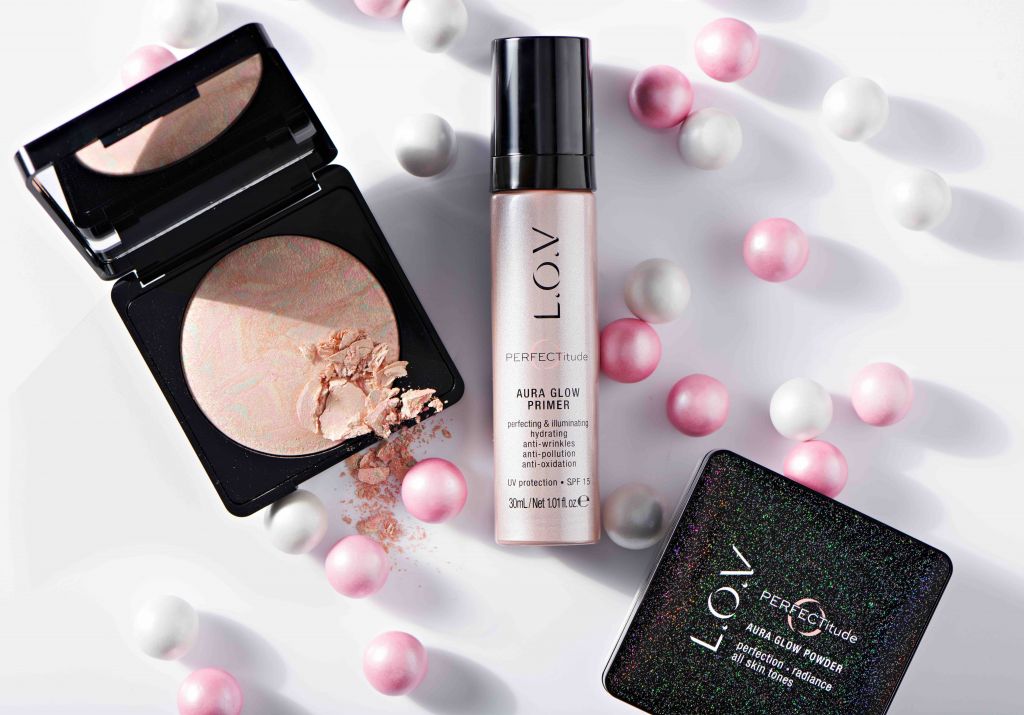
Kryolan is dealing with relative color cosmetics weakness by investing in both its professional and consumer businesses to keep revenue streams diversified. In addition, it’s attempting to remain competitive by anticipating and delivering on trends.
“Last year, the big thing was brow, brow, brow. This year, I haven’t had anybody come up to me to talk about brows,” says Newman. “Contour was the big rage two years ago because of the Jenners and the Kardashians. Glitter is going to be the next big thing. Consumers want that flash. They want to be able to really amp it up when they need to and have that capability at home to create that look that they’re seeing on the runway. We’re coming out with an environmentally-friendly glitter.”
“There’s an oversaturation of color in the marketplace with every brand rushing to release product and influencers creating their own lines. How many eyeshadow palettes can a customer own?”
Jouer is tackling oversaturation by “giving our customer real value, with the highest quality formulas in luxury packaging at affordable pricing,” says Zilber. Its value proposition helped score the decade-old brand a bay at Sephora in 2019 and put its sales on pace to advance 23% this year. L.O.V., a German makeup brand entering the U.S. market, has a similar tactic. “We promise high-end quality at a sensational price,” touts Katharina Hartwich, digital brand development expert for L.O.V.’s parent company Cosnova Beauty.
Hartwich suggests skincare’s popularity is a positive for L.O.V. She says, “It’s a good thing for us because ever since we launched L.O.V. back in 2016, we went for the color and care approach as our unique selling point, so our positioning was and is very relevant.” The brand sells skincare-makeup hybrids like a serum foundation. L2’s Growney underscores those sorts of hybrids are picking up steam as color cosmetics brand angle to take advantage of skincare’s escalation.
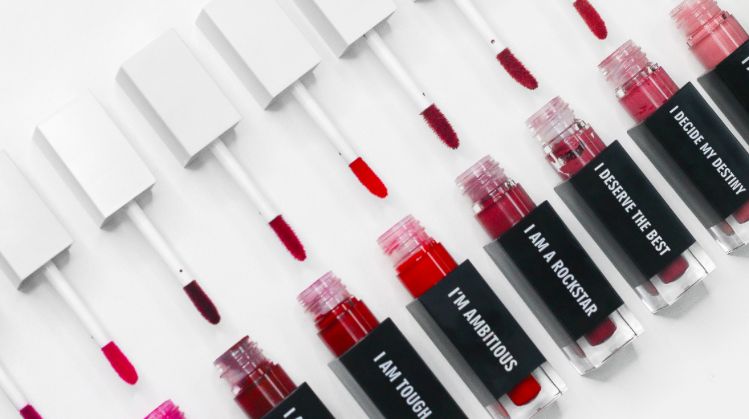
“As skincare continues to accelerate, it’s certainly smart to think about ways in which product development and R&D can help position your existing assortment to be bridging that makeup-skincare gap a little bit more,” says Growney. The Ordinary has been an interesting company to see how they captured both the skincare and color-cosmetics consumer with their serum-foundations.” Kosas’s Tinted Face Oil merges makeup and skincare as well.
Some makeup brands are burrowing into narrow slices of the color cosmetics category to sidestep the color cosmetics slowdown and cultivate a specific audience. Newbie Social Paint, which was founded by Kristen Tostado in April and currently has five shades of gluten-free lip glosses, is an example of a brand catering to a distinct demographic.
“As skincare continues to accelerate, it’s certainly smart to think about ways in which product development and R&D can help position your existing assortment to be bridging that makeup-skincare gap a little bit more.”
“It came about because I have Celiac’s disease, and I was looking for a gluten-free alternative to lip products,” says Tostado. “After dissecting ingredient labels looking for gluten, I discovered how many chemicals were also in the products, so I set out to create something as clean as possible. I just went with my passion and what I felt was right, and here we are. It’s a total niche product because it has SPF, and it’s gluten-free, so it fills that need.”
With its wide range of products and island vibe, Caley Cosmetics falls somewhere in the middle. Rodriguez says, “There are so many natural skincare brands and wellness brands that are emerging, which is amazing, but there’s just not as many natural makeup brands, which is why we really thought there was a need for it.”
Takeaways
- Growth in the color cosmetics category is slowing while the skincare category is on the rise.
- Some indie brands attribute the softening in the makeup segment to oversaturation and lack of innovation.
- The statistics on the slowdown of color cosmetics could be a bit misleading because they don’t fully take into account significant sources of digital revenues. Also, momentum in the natural beauty sector could provide a boost to indie natural cosmetics brands despite the overall cosmetics slowdown.
- To overcome the downward trend in color cosmetics sales, indie color cosmetics brands are banking on value propositions and niche products to be successful.
- Color cosmetics brands are putting out hybrid makeup-skincare products to take advantage of the interest in skincare.
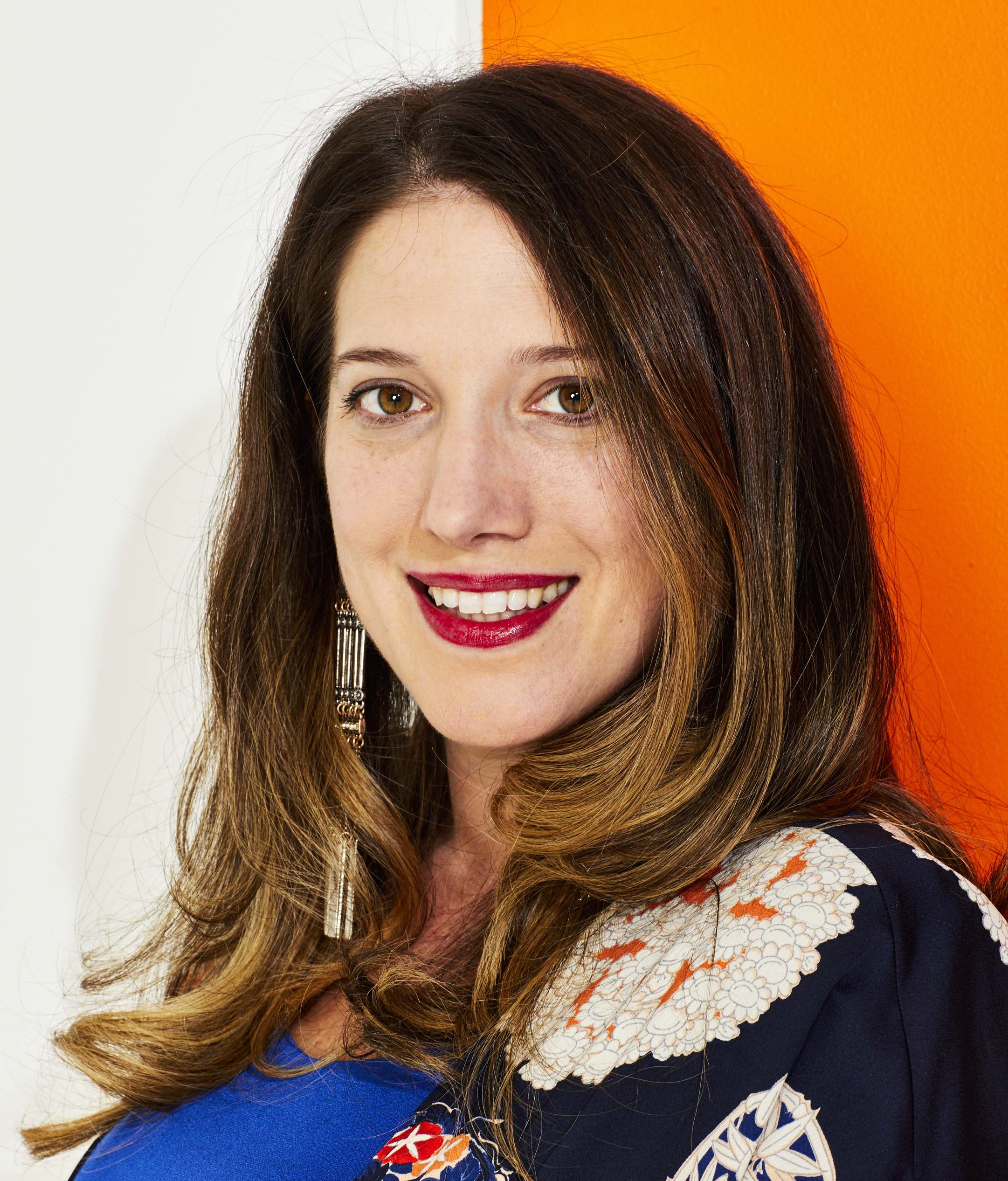




Leave a Reply
You must be logged in to post a comment.